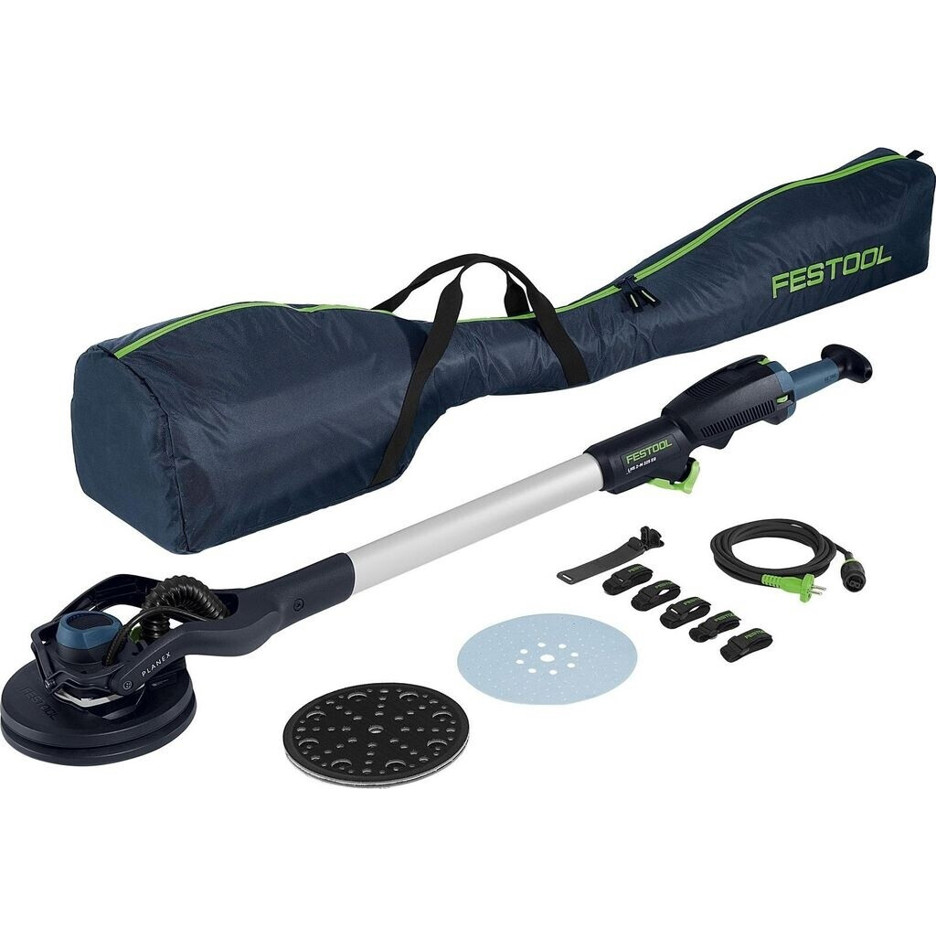
Kompressor 100l Kaufen
Add a review FollowOverview
-
Sectors Designers
-
Posted Jobs 0
-
Viewed 218
Company Description
10 Of The Top Facebook Pages That I’ve Ever Seen. Buy A Belt Sander
The Ultimate Guide to Buying a Belt Sander
Belt sanders are flexible power tools that can smooth large surface areas rapidly and efficiently. Whether you are a professional woodworker or a DIY lover, an excellent belt sander can make your projects simpler. Nevertheless, with so numerous alternatives offered in the market, selecting the best belt sander can be overwhelming. This guide will dive into everything you need to know about purchasing a belt sander, consisting of types, functions to think about, and a comparison table of some popular models.

Types of Belt Sanders
Before diving into the specifics of purchasing a belt sander, it’s vital to understand the various types offered:
| Type | Description | Typical Use Case |
|---|---|---|
| Stationary Belt Sander | Fixed to a workbench or stand, designed for larger tasks. | Ideal for shaping and ending up bigger pieces. |
| Portable Belt Sander | Light-weight and handheld; versatile for various woodworking tasks. | Outstanding for sanding edges and corners, ideal for DIY tasks. |
Advantages and Disadvantages
When selecting in between these 2 types, it’s vital to consider their benefits and drawbacks:
| Type | Advantages | Disadvantages |
|---|---|---|
| Stationary Belt Sander | Solid develop; offers consistent and precise sanding; great for bigger projects. | Needs dedicated area; typically more costly. |
| Portable Belt Sander | Light-weight and Schleifmaschine Für Metall easy to maneuver; ideal for varied tasks; normally less pricey. | Less stable for large pieces; can be more difficult to control for newbies. |
Secret Features to Consider
When buying a belt sander, several features need to be taken into account to guarantee you get the best tool for your requirements:
1. Power
The power of the motor, normally determined in amps, can considerably influence the efficiency of a belt sander. Look for a sander with a minimum of 6-7 amps for general home use.
2. Belt Size
The width and length of the sanding belt can affect both the speed and the convenience of your work process. Typical sizes consist of 3×18, 4×24, and 4×36 inches. Larger belts cover more area but might be less maneuverable.
3. Belt Speed
Belt speed is typically measured in feet per minute (FPM). Greater speeds can eliminate material rapidly however might need more ability to utilize efficiently without harming the surface. A variable speed option is a great option for versatility.
4. Dust Collection
Reliable dust collection is essential, specifically if you’re working inside. Check if the belt sander has an integrated dust port, which can be connected to a vacuum system, making cleanup simpler.
5. Ergonomics
A comfortable grip and manageable weight contribute to prolonged use without tiredness. Search for features such as adjustable deals with or soft-grip locations.
6. Belt Changing Mechanism
An easy-to-use belt changing mechanism saves time and aggravation. Some models consist of lever mechanisms that permit quick changes.
7. Brand Reputation and Warranty
Think about popular brand names that have a track record for quality and dependability. An excellent warranty can be a substantial safeguard and is frequently a sign of positive production.
Comparison Table of Popular Belt Sanders
Here is a table comparing some of the well-reviewed belt sanders offered in the market:
| Model | Power (Amps) | Belt Size | Speed (FPM) | Dust Collection | Price Range |
|---|---|---|---|---|---|
| Makita 9403 | 11 | 4″ x 24″ | 1,640 | Yes, dust bag | ₤ 180 – ₤ 240 |
| Bosch 1274DVS | 7 | 3″ x 21″ | 800 – 1,500 | Yes, dust chute | ₤ 120 – ₤ 180 |
| DEWALT DWE6411K | 12 | 1-1/4″ x 30″ | 1,650 | Yes, dust bag | ₤ 100 – ₤ 150 |
| Porter-Cable 362V | 8 | 3″ x 18″ | 850 – 1,000 | Yes, dust port | ₤ 90 – ₤ 120 |
| Black & & Decker DS321 | 6 | 3″ x 21″ | 1,000 | Yes, dust bag | ₤ 70 – ₤ 90 |
Keep in mind: Prices may vary based upon sellers and places. Constantly check for the most recent information.
FAQs
1. What is the most important aspect when purchasing a belt sander?
The most essential element often depends upon your particular requirements, but power and belt size are vital for many woodworking projects.
2. Can a belt sander be used for completing?
Yes, a belt sander can be used for completing, however it is necessary to switch to a finer grit sandpaper for the last touches to prevent scratches.
3. How do I keep my belt sander?
Regular upkeep includes cleaning the sander after each usage, inspecting the belt for wear and tear, and ensuring the dust collection system is clean and practical.
4. Is it safe to use a belt sander?
When used properly with protective gear (gloves, safety glasses, dust mask), a belt sander is a safe tool. Always follow the user manual and security guidelines while running.
5. Can a belt sander be utilized on other materials besides wood?
Some belt sanders can be used on softer metals and plastics. However, for materials like metal, a different kind of sander may be more efficient.
Purchasing a belt sander is a significant financial investment that can significantly improve your woodworking jobs. By comprehending the types of belt sanders available, the crucial functions, and comparing models, you can pick a tool that finest fulfills your needs. Constantly think about how frequently you’ll use the tool and for what types of tasks to ensure you select wisely. With the ideal belt sander, you’ll be fully equipped to handle any task with confidence and skill. Delighted sanding!



